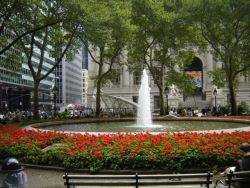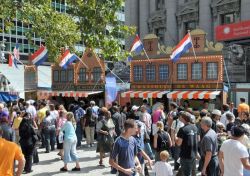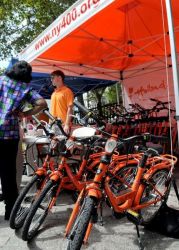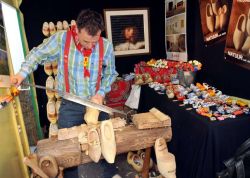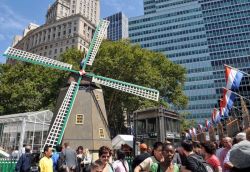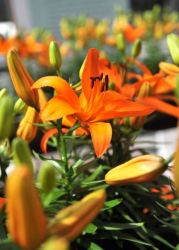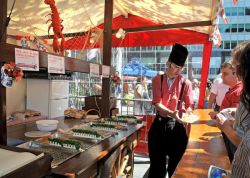Bowling Green
Charging Bull
This dynamic bronze sculpture by Arturo Di Modica (1941-2021) was originally installed on December 14, 1989 in front of the New York Stock Exchange. The bull proved so popular that the sculpture was then placed at Bowling Green.
Arturo Di Modica was a Sicilian immigrant who lived and worked at his studio in SoHo. Inspired by local artisans in his home village of Vittoria, he left home as a young man to pursue sculpture studies at the Accademia di Belle Arti di Firenze in Florence, Italy. In the late 1960s Di Modica worked at the famous marble quarry at Pietrasanta and emigrated to New York in 1970.
Charging Bull was cast at Bedi-Makky, a fine arts foundry in Greenpoint, Brooklyn. The artist described the sculpture as embodying the “strength and determination” of the American people. Given its placement in New York City’s financial district, it has also come to symbolize a “bull market” of stock growth.
Check out your park's Vital Signs
Clean & Safe
Green & Resilient
Empowered & Engaged Users
Share your feedback or learn more about how this park is part of a
Vital Park System

